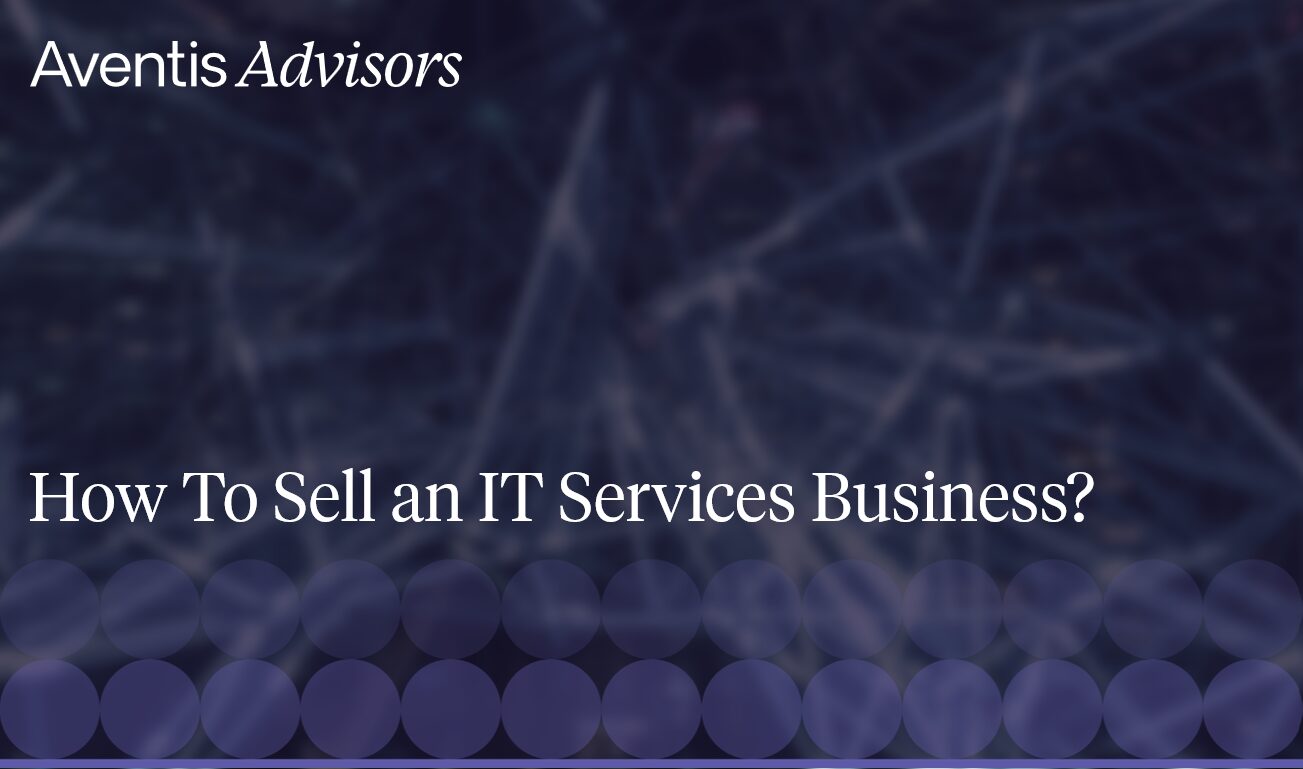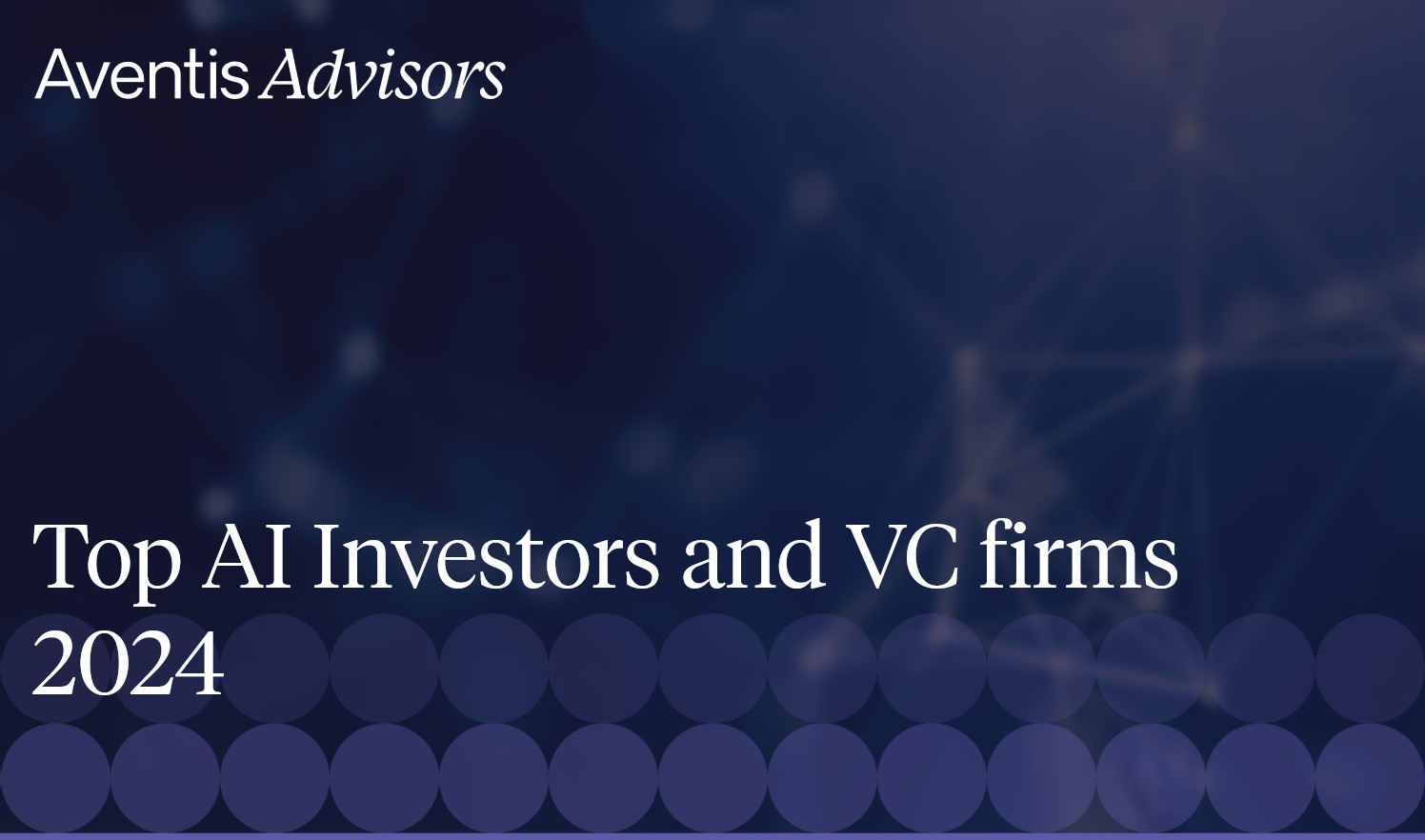Tech company valuations shape dealmaking across the global M&A market. Investors are drawn to technology businesses for their scalability, recurring revenue potential, and ability to transform industries. Yet valuing them is far from straightforward. Business models range from asset-light SaaS platforms to capital-intensive hardware manufacturers, each with distinct risk, growth, and margin profiles. For founders and investors alike, understanding how these companies are priced is essential for navigating competitive transactions.
Valuation multiples remain the most widely used benchmark for comparing companies. They offer a quick snapshot of how markets value businesses relative to revenue or earnings. However, multiples vary sharply between technology segments and fluctuate with macroeconomic conditions, investor sentiment, and capital availability.
Our analysis of M&A transactions completed between 2015 and early 2025 highlights these differences. Software companies continue to command the highest valuations, with a median of 3.0x EV/Revenue and 15.2x EV/EBITDA, reflecting their recurring revenue models and strong scalability. IT services and hardware firms trade at lower levels, averaging 1.3–1.4x EV/Revenue and 10–11x EV/EBITDA.
Valuations peaked in 2021 during a period of abundant capital and aggressive growth expectations, before normalizing to more discipl ined levels through 2024–2025. Today’s data reflects a market that rewards sustainable margins, efficient growth, and resilient recurring revenue models.
This article explores how valuation multiples differ across the main technology sectors, including software, IT services, hardware, and AI, and explains the key drivers behind these gaps.
Table of Contents
- IT services and consulting
- Hardware
- Software (SaaS, on-premise, components)
- Artificial Intelligence (AI)
IT services and consulting
Market Characteristics
The IT services sector includes consulting, system integration, managed services, and outsourcing. These businesses are typically asset-light and generate steady cash flow early in their lifecycle. Revenue models rely on recurring contracts or time-and-materials billing, with margins tied closely to utilization and talent efficiency.
In 2024 and 2025, buyers have favored firms specializing in cybersecurity, cloud infrastructure, and AI implementation, areas with visible demand and limited vendor saturation. Conversely, generic IT support and legacy systems integration have seen margin compression and lower multiples.
Valuation Multiples for IT Services
Across 600+ M&A transactions from 2015 to mid-2025, IT services companies traded at a median 1.3x EV/Revenue and 10.2x EV/EBITDA. The range has remained stable for nearly a decade, reflecting predictable earnings and low cyclicality. Top-quartile deals, often those with subscription-based managed services, reached 13–15x EBITDA.
What Drives Premiums
Premium valuations in the IT services sector are driven by a mix of revenue quality, specialization, and scalability. Buyers consistently favor companies with a high share of recurring revenue, especially from managed and security services. These contracts provide predictable cash flow and long-term customer relationships, which translate directly into stronger valuation multiples.
Vertical specialization also plays an important role. Firms with deep expertise in regulated or complex industries such as financial services, healthcare, or industrial technology tend to outperform generalist providers. Their ability to deliver tailored solutions and meet industry-specific requirements creates defensible market positions and premium pricing power.
Delivery scalability is another key factor. Companies that can expand without proportionally increasing costs achieve more consistent margins. Efficient delivery models, standardized processes, and low staff turnover are strong indicators of operational maturity that investors reward. Employee retention is particularly important in this people-driven sector, as high attrition can disrupt service quality and compress margins.
Finally, AI integration has become an increasingly important source of differentiation. Service providers that embed automation, analytics, or AI-driven tools into their offerings improve both efficiency and client outcomes. These capabilities enhance profitability and competitiveness, helping firms stand out in a crowded market.
Outlook
IT services M&A activity remains steady as organizations continue to outsource cybersecurity, infrastructure management, and digital transformation work. Private equity investors are actively consolidating mid-sized managed service providers to build larger platforms. Valuation levels are expected to remain stable through 2026, with the strongest demand focused on companies that combine recurring revenue, vertical expertise, and measurable efficiency gains.
Our IT Services Advisory page
Hardware
Market Characteristics
Hardware companies design, manufacture, and distribute physical technology products such as semiconductors, networking equipment, and specialized devices. Unlike software or IT services firms, these businesses require significant investment in manufacturing, inventory, and logistics. This capital intensity often leads to greater earnings volatility and lower scalability.
Profitability in hardware tends to follow product and innovation cycles. Strong cash flow during peak demand periods is often followed by margin compression as competition increases or new technologies emerge. As a result, investors assess hardware businesses not only on financial metrics but also on product pipeline, differentiation, and supply chain resilience.
Valuation Multiples for Hardware Companies
Our analysis of more than 400 M&A transactions completed between 2015 and mid-2025 shows that hardware companies trade at a median of 1.4x EV/Revenue and 11.0x EV/EBITDA. These multiples are slightly higher than those for IT services but significantly below software valuations, which average 3.0x revenue and 15.2x EBITDA.
Transactions involving businesses with strong intellectual property, advanced component design, or exposure to fast-growing niches such as semiconductors, AI hardware, or edge computing often achieve valuation premiums well above the sector median.
Key Valuation Considerations for Hardware
Companies with proprietary technology or defensible patents typically command higher multiples because their products are difficult to replicate. Strong engineering talent and established relationships with major OEMs or hyperscalers also contribute to strategic value.
Capital efficiency remains critical. Investors closely examine free cash flow generation and working capital needs to gauge sustainability. Hardware businesses with optimized supply chains and efficient production models tend to receive stronger valuations, while those dependent on a small number of suppliers or customers face discounts due to concentration risk.
Geographic exposure is another consideration. Firms operating in stable, nearshored supply environments are viewed more favorably than those reliant on long, complex global logistics chains, which increase risk and cost volatility.
Outlook
Hardware M&A activity remains focused on strategic acquisitions that enable vertical integration or access to proprietary technology. Demand is particularly strong for assets supporting AI infrastructure, advanced semiconductors, and connected devices. Overall valuation levels are expected to remain moderate but stable through 2026, with a clear premium for companies that combine technological differentiation, operational efficiency, and resilient supply chains.
Software
Market Characteristics
Software companies, particularly SaaS and enterprise vendors, operate on highly scalable business models built around intellectual property rather than physical assets. Their value lies in recurring revenue streams, high gross margins, and strong customer retention. Many prioritize growth over short-term profitability, investing heavily in customer acquisition and product development to expand market share. While this often leads to negative EBITDA in early stages, investors view it as acceptable when unit economics point to sustainable profitability at scale.
Across transactions analyzed between 2015 and early 2025, software companies consistently achieved higher valuations than their hardware and IT services peers. The median software deal traded at 3.0x EV/Revenue and 15.2x EV/EBITDA, compared with 1.4x and 11.0x for hardware and 1.3x and 10.2x for IT services. This valuation premium reflects the predictability of subscription income, limited capital expenditure needs, and scalability unique to software business models.
To explore detailed benchmarks and factors driving these multiples, see our Software Valuation Multiples Research.
Valuation Trends and Drivers
Software valuations rose sharply over the past decade, peaking in 2021 at around 6.0x EV/Revenue amid record-low interest rates and investor appetite for growth. The following correction, driven by higher capital costs and a renewed focus on profitability, pushed median multiples to more conservative levels. By mid-2025, valuations stabilized at approximately 2.0x EV/Revenue and 17.6x EV/EBITDA, marking a shift toward disciplined, fundamentals-based pricing.
Even as the market normalized, high-performing SaaS businesses continued to trade at a premium, often exceeding 6x EV/Revenue. These companies typically combine rapid growth with strong retention metrics and efficient capital use. Investors now assess them through a more rigorous lens, prioritizing metrics such as gross margin quality, net revenue retention, customer acquisition efficiency, and adherence to the “Rule of 40.” Positive cash conversion and predictable renewal rates have become central to valuation discussions, replacing the former emphasis on top-line growth alone.
Growth equity and private acquirers increasingly favor companies demonstrating efficient scaling rather than aggressive expansion. In M&A processes, buyers are willing to pay higher multiples for businesses with durable recurring revenue, diversified customer bases, and low churn. Sectors such as cybersecurity, workflow automation, and AI-enabled enterprise tools continue to attract premium pricing, as they align with long-term digital transformation trends.
Outlook
Through 2026, software M&A activity is expected to remain robust, supported by strong buyer demand for recurring revenue models and mission-critical applications. While broad multiple expansion is unlikely, the gap between average and top-tier performers is set to widen further. Firms that pair steady growth with operational efficiency and healthy margins will remain the most sought-after targets in both strategic and private equity transactions.
Artificial Intelligence (AI)
Market Characteristics
Artificial intelligence has become one of the most dynamic segments of the technology industry, influencing everything from productivity tools and cybersecurity to healthcare and industrial automation. AI companies differ significantly from traditional software and IT services firms. Many remain in the early stages of commercialization, prioritizing technology development and customer acquisition over near-term profitability. These characteristics often lead to negative EBITDA and limited cash flow visibility, but the potential for long-term scalability continues to attract investor attention.
AI business models vary widely. Some firms develop foundational models and machine-learning infrastructure, while others focus on applied AI platforms, analytics, or embedded solutions within enterprise software. Companies that own proprietary algorithms, data assets, or domain-specific models are typically valued higher because they offer defensible technology and differentiated market positions.
Valuation Insights
AI valuations have been among the most volatile in the technology sector. Publicly listed AI companies often trade at a premium relative to traditional software peers, driven by strong growth expectations and investor enthusiasm. In private M&A, however, pricing tends to be more conservative and grounded in demonstrated commercial traction.
For established AI vendors with proven revenue streams, EV/Revenue multiples typically range from 8x to 20x, depending on product maturity, data ownership, and recurring contract visibility. Early-stage or pre-profit firms without clear monetization pathways trade significantly lower, reflecting execution risk and uncertainty around scalability. Strategic acquirers place a premium on AI assets that can enhance automation, analytics, or personalization within their existing platforms, particularly in sectors such as cybersecurity, enterprise productivity, and developer tooling.
Trends and Drivers
Investor focus in AI has shifted from experimentation to proven deployment. Acquirers increasingly differentiate between companies offering tangible productivity gains and those still dependent on research or hype. Businesses that combine proprietary technology with recurring enterprise revenue and high retention are best positioned to sustain premium valuations.
Integration also plays a growing role in value creation. SaaS vendors embedding AI features—such as workflow automation, predictive analytics, or generative content—are achieving higher pricing than standalone AI startups. Similarly, data-rich vertical AI platforms in healthcare, finance, and industrial sectors continue to draw strong strategic interest due to clear application potential and defensible IP.
Outlook
AI-related deal activity is expected to remain active through 2026, supported by sustained enterprise adoption and competitive pressure among large technology groups to acquire specialized capabilities. However, valuations are likely to remain polarized. Companies that demonstrate measurable ROI, proprietary data, and recurring commercial usage will attract strong buyer interest, while early-stage ventures without proven use cases may face downward repricing as market expectations normalize.
Why you need a technology M&A advisor
Keeping track of current technology valuations is crucial for understanding market trends and effectively timing your exit strategy. Every technology company has its own unique characteristics, much like the individual journeys of their founders. Therefore, it’s vital to consult with experts in the M&A field, especially technology M&A advisors who specialize in the sector and can understand your particular needs.
Technology M&A advisors excel at navigating market dynamics, valuations, and coordinating all crucial workstreams. While you concentrate on managing your business, technology M&A advisors work tirelessly to ensure that no detail is overlooked and advocate for the best possible deal. Their success is closely linked to yours through a success fee, and their influence on the final sale price can be considerable.
About Aventis Advisors
Aventis Advisors is an M&A advisor for IT and software companies. We believe the world would be better off with fewer (but better quality) M&A deals done at the right moment for the company and its owners. Our goal is to provide honest, insight-driven advice, clearly laying out all the options for our clients, including the one to keep the status quo.
Get in touch with us to discuss how much your business could be worth and how the process looks.




